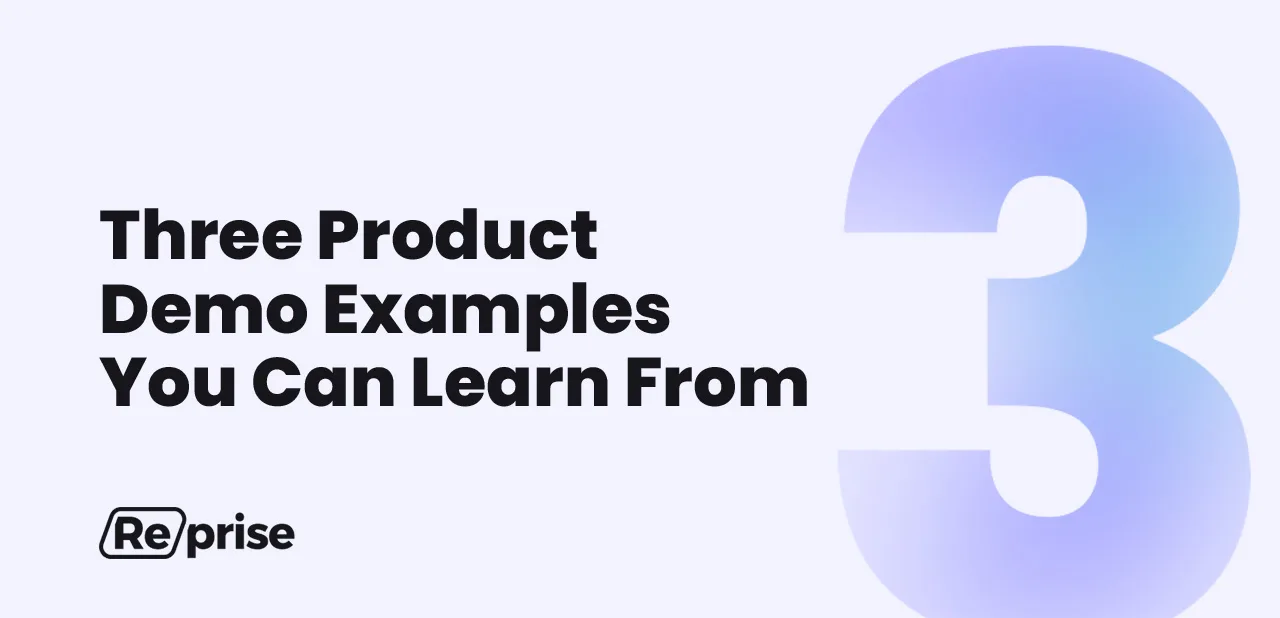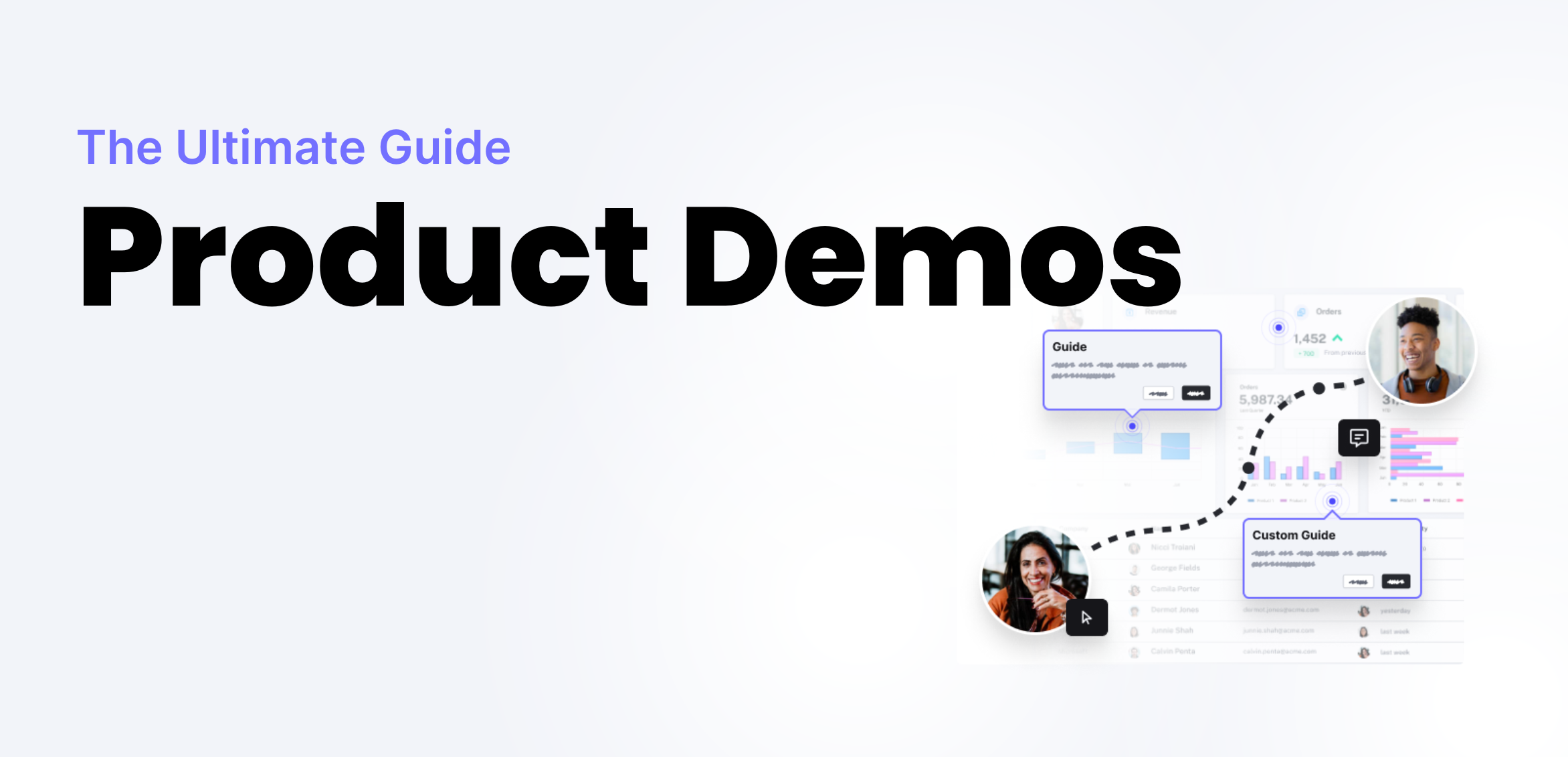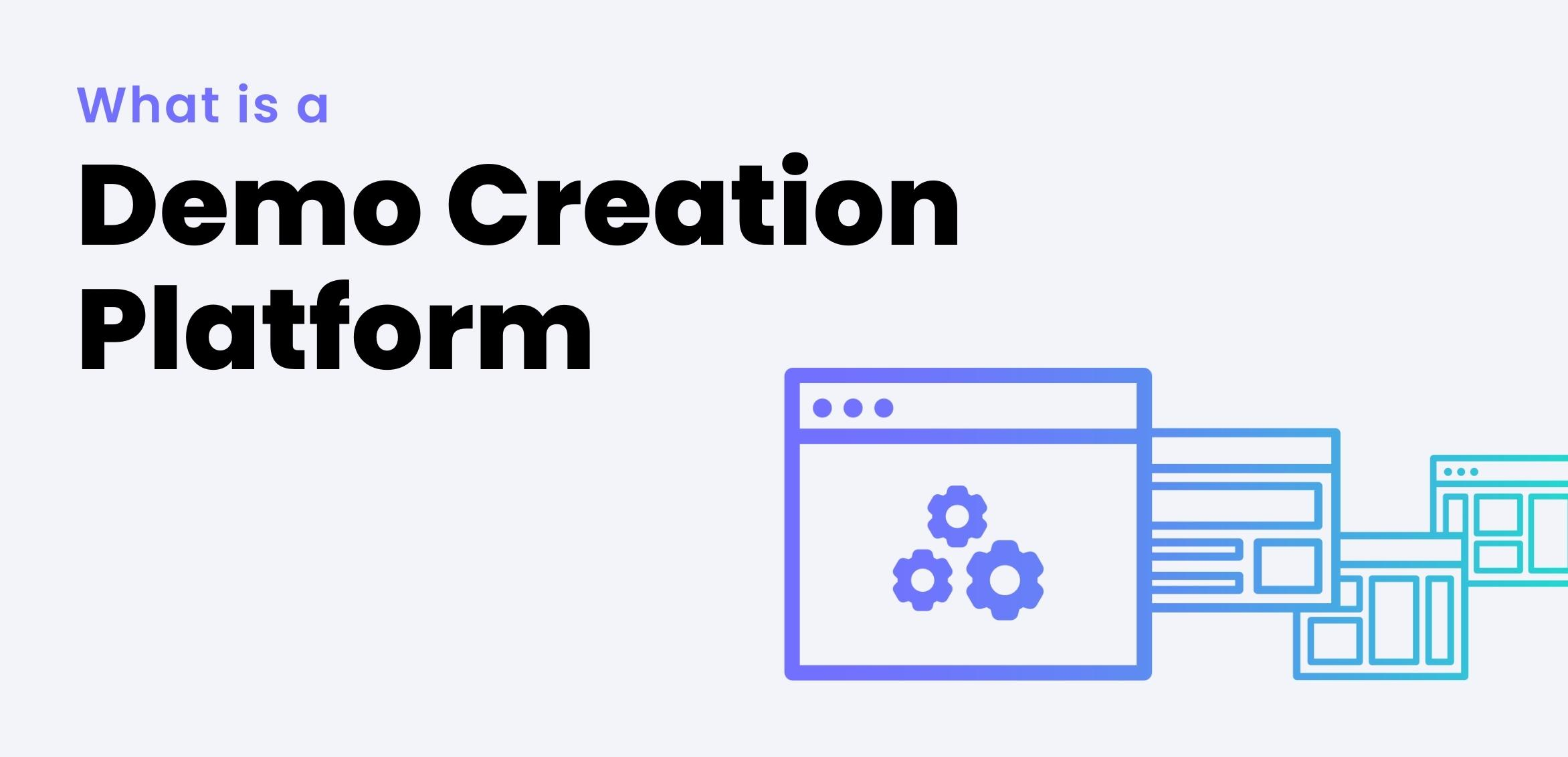What We Learned About the New PLG

Product-led growth is a phrase that inspires a whole lot of feelings in the SaaS world. Some are strong advocates, and some are strong skeptics. So who’s right and who’s wrong? Is there a scientific way to find out? At Reprise, we’re all about objective data, so we decided to turn to a study to find some answers. And what we found surprised us.
A friend of mine from business school did a grad-school project with us where they reached out to marketing leads and asked them a set of questions about PLG. They used this info to write a paper on their findings, and of course we had to share those findings with you.
The Two Key Questions
The study aimed to answer two key questions around PLG and the state of demos today.
- Are large, established, B2B SaaS providers feeling the impact of PLG startups capturing market share?
- Do enterprise B2B SaaS providers struggle to scale their sales engineering and demo creation capabilities to match the behavior of today’s buyers?
In question one, we wanted to find out how large enterprises are viewing the takeoff of the PLG model, which is trickier for them to adopt in many ways (we tackle this below). And question two addresses SE and demo capabilities among those large orgs – what’s working and what’s not?
While of course we were interested in this info as a proof of Reprise’s platform, we were also eager to see how big businesses were reacting to the recent explosion of small startups relying on (and touting) the benefits of PLG. Was this something those enterprise companies feared, or were fascinated by? And what could we learn from those answers?
What PLG Means to Most
Product-led growth is all about using your product as the main means of selling your product – usually through the freemium model. You get one user to sign up for free, they use it and love it, and their whole team signs up too. Then you charge that team for their added features, and you’ve got money in the bank.
Sounds great, right? Many PLG-focused companies agree. They say this is the only way forward – no gatekeeping, no give-to-get sales stuff, just your product speaking for and selling itself. Plus prospects are increasingly demanding to use your product before they shell out any money.
The Anti-PLG Side
But what that study found was that most big enterprises B2B SaaS companies were not on board with this mantra that PLG is the only way (in fact, they were a little tired of hearing that from all sides).
While PLG is a great model for many companies, it’s not a one-size-fits-all solution. If you sell an expense management product, or a security software, you can’t just go around adding free users without making a real mess of things fast.
Plus, the freemium model works great when you need to take a bottoms-up approach. Take Slack – individual contributors at companies used it, loved it, and asked their leaders and managers to start using it as a business tool.
With something like a single sign-on software used by big enterprises, the end user is not the one who benefits from it. It’s the people at the top of the org who see those benefits, and who need to get on board in order to make the sale. That top-down approach doesn’t work well with the typical PLG approach.
The PLG Options for Large Enterprises
So does this mean large enterprise B2B SaaS orgs can’t use PLG to grow at all?
Nope! They can definitely take advantage of PLG principles to delight and sell their product to their customers. It just means looking at PLG from a slightly different angle.
Contrary to much of the popular opinion, leading with your product doesn’t have to mean giving prospects a log-in right away. It means your product experience is what delights your prospect, and that delight can take many forms.
Embracing PLG for orgs of all sizes is important because your prospects are already looking for your product – and if they don’t get a free trial, they’re turning to YouTube or your website to get a look. So how can you embrace this in ways that fit with your company and your product?
Here are just a few of our suggestions, based on the research and our demo expertise:
- Provide a before-and-after view of an environment on your website for prospects to see
- Demo what it’s like to use your product for people at the top of an organization
- Have an experience, like a sandbox demo, that feels custom but isn’t actually custom
Basically, give them the feeling of what it’s like to be a customer. That’s really what prospects are looking for at the end of the day – they don’t need to test every single feature themselves, but they want to feel what it would be like to use your product.
Don’t let the defensiveness about PLG get in the way of what you can actually do with it. Time to think a bit outside the box!
Photo by Patrick Tomasso on Unsplash



